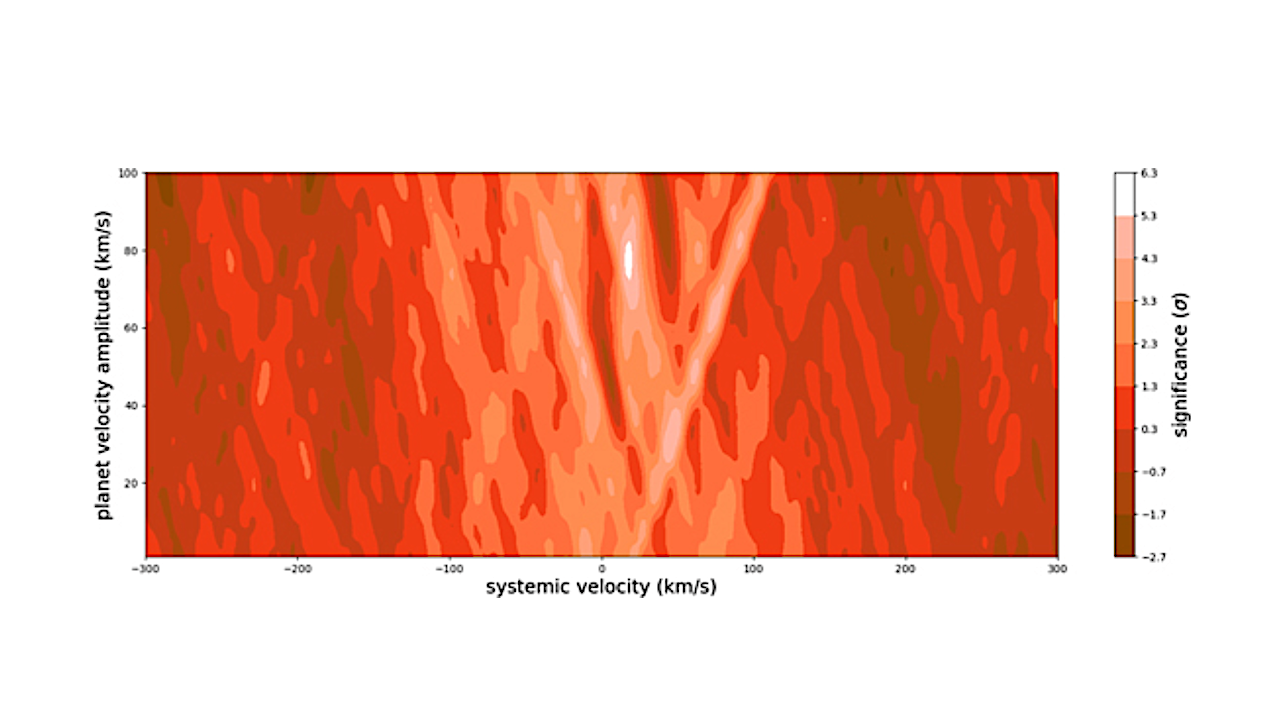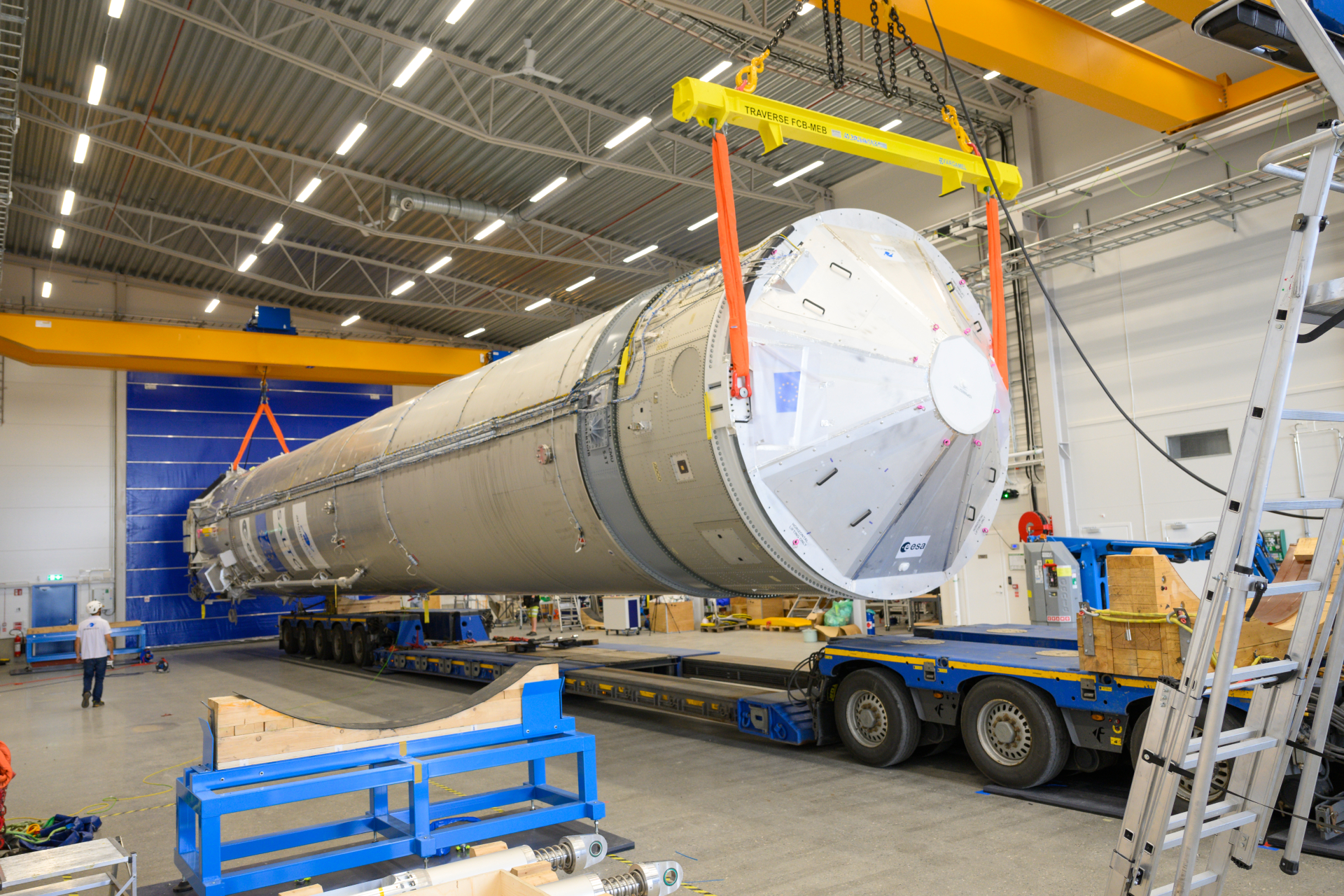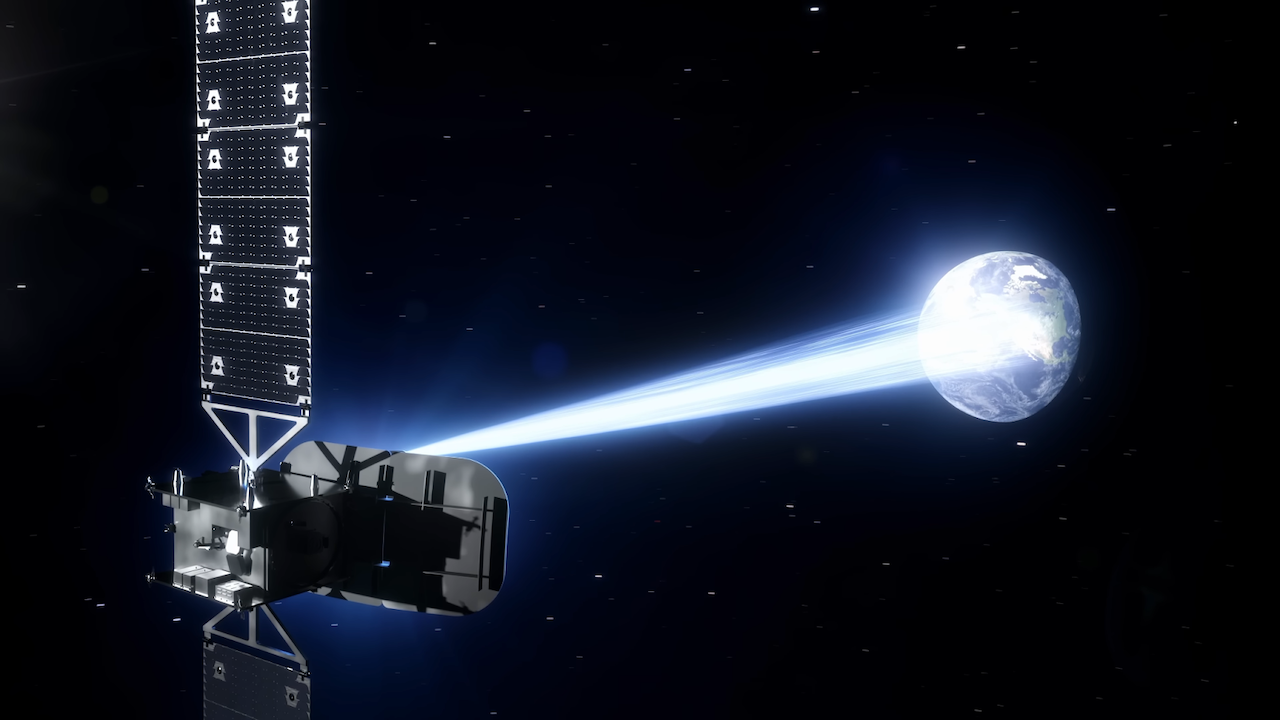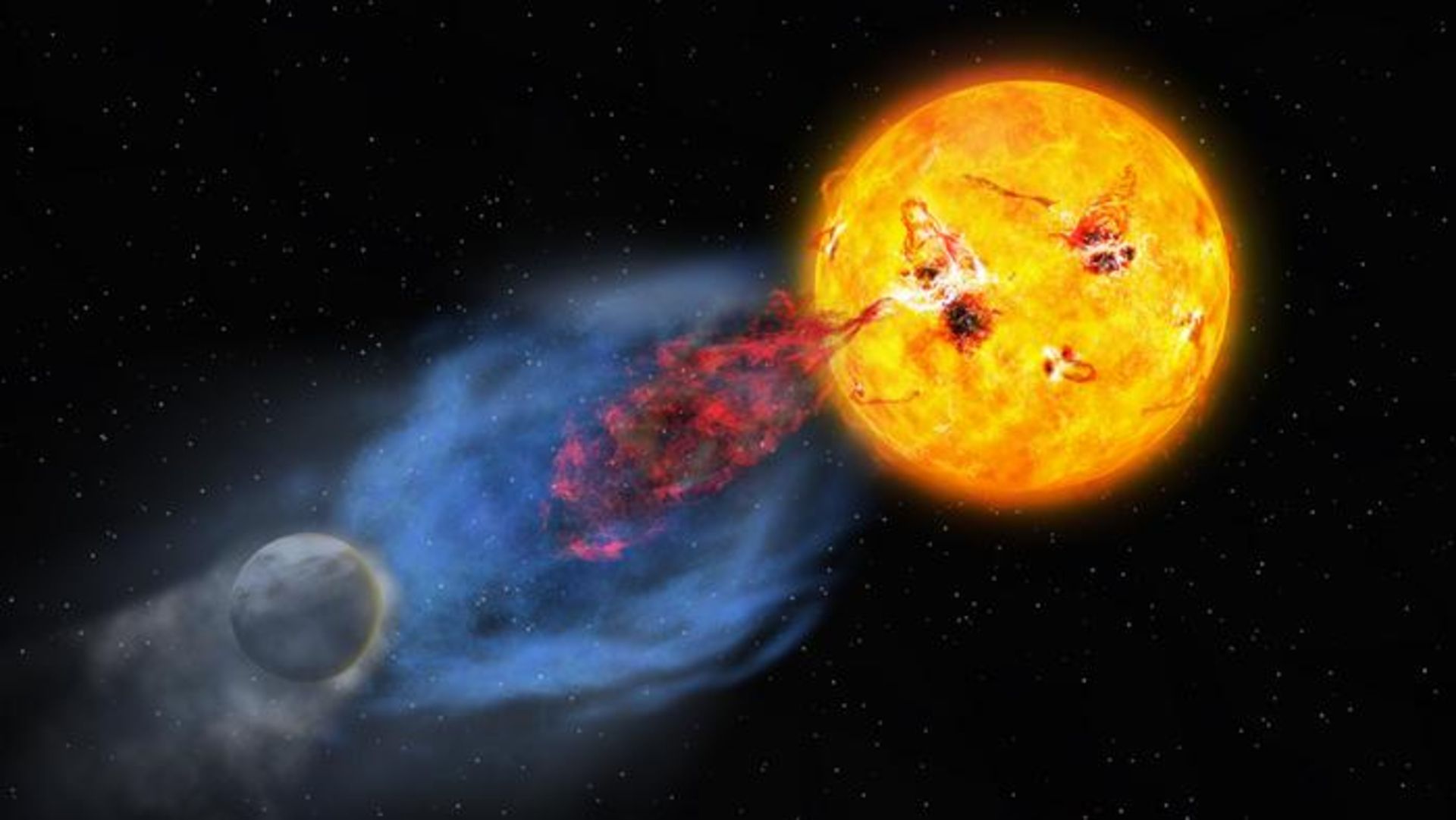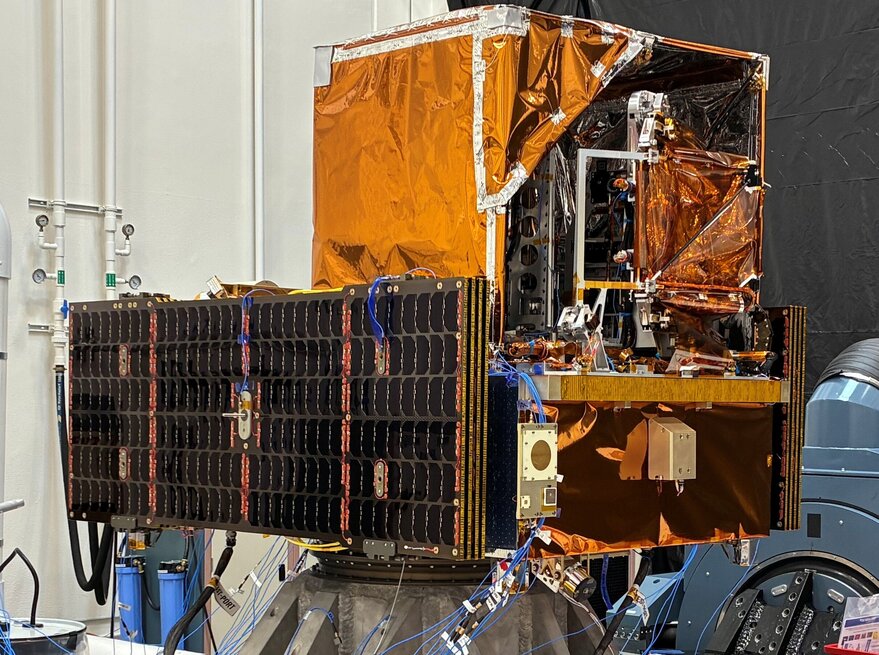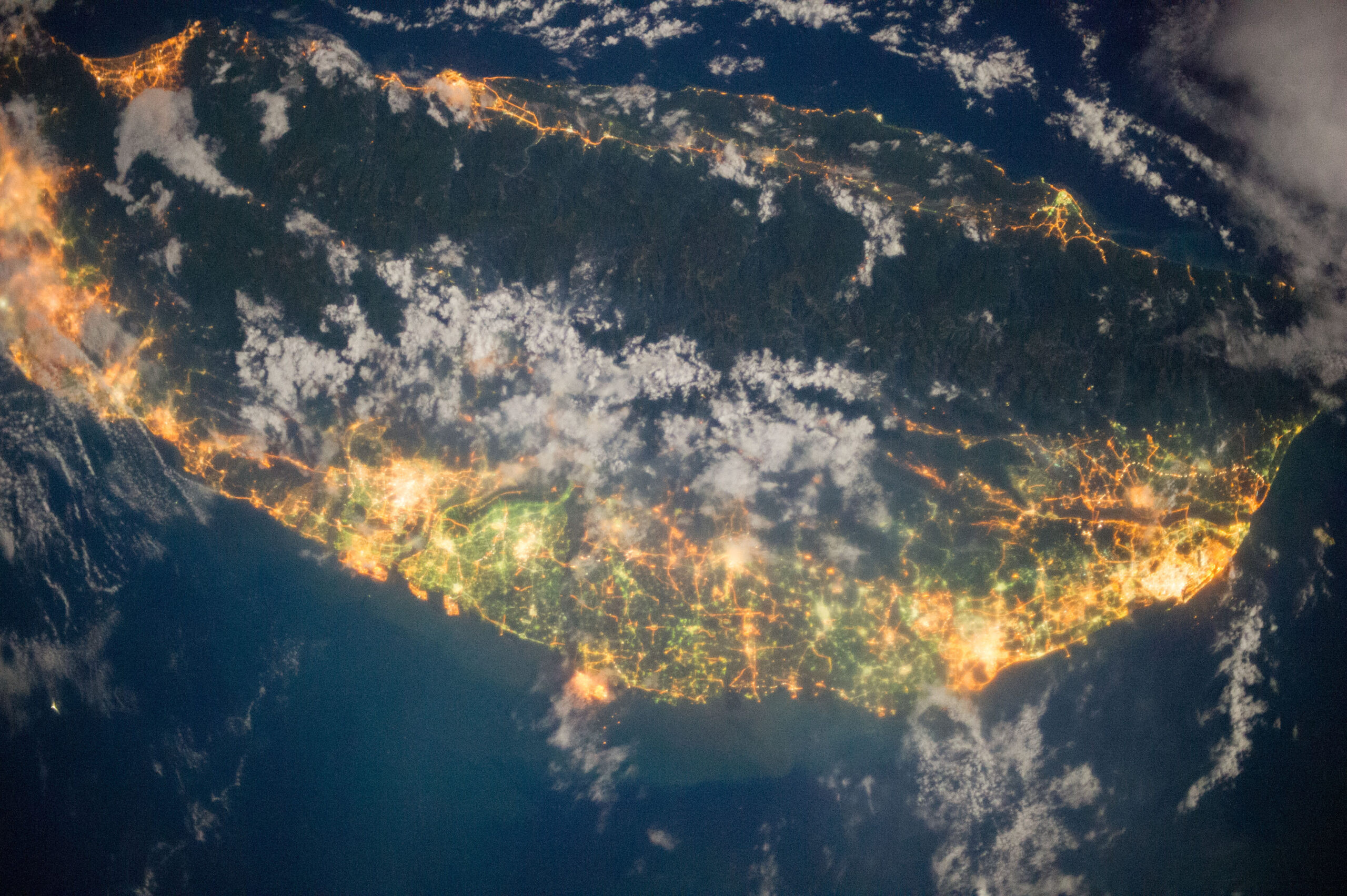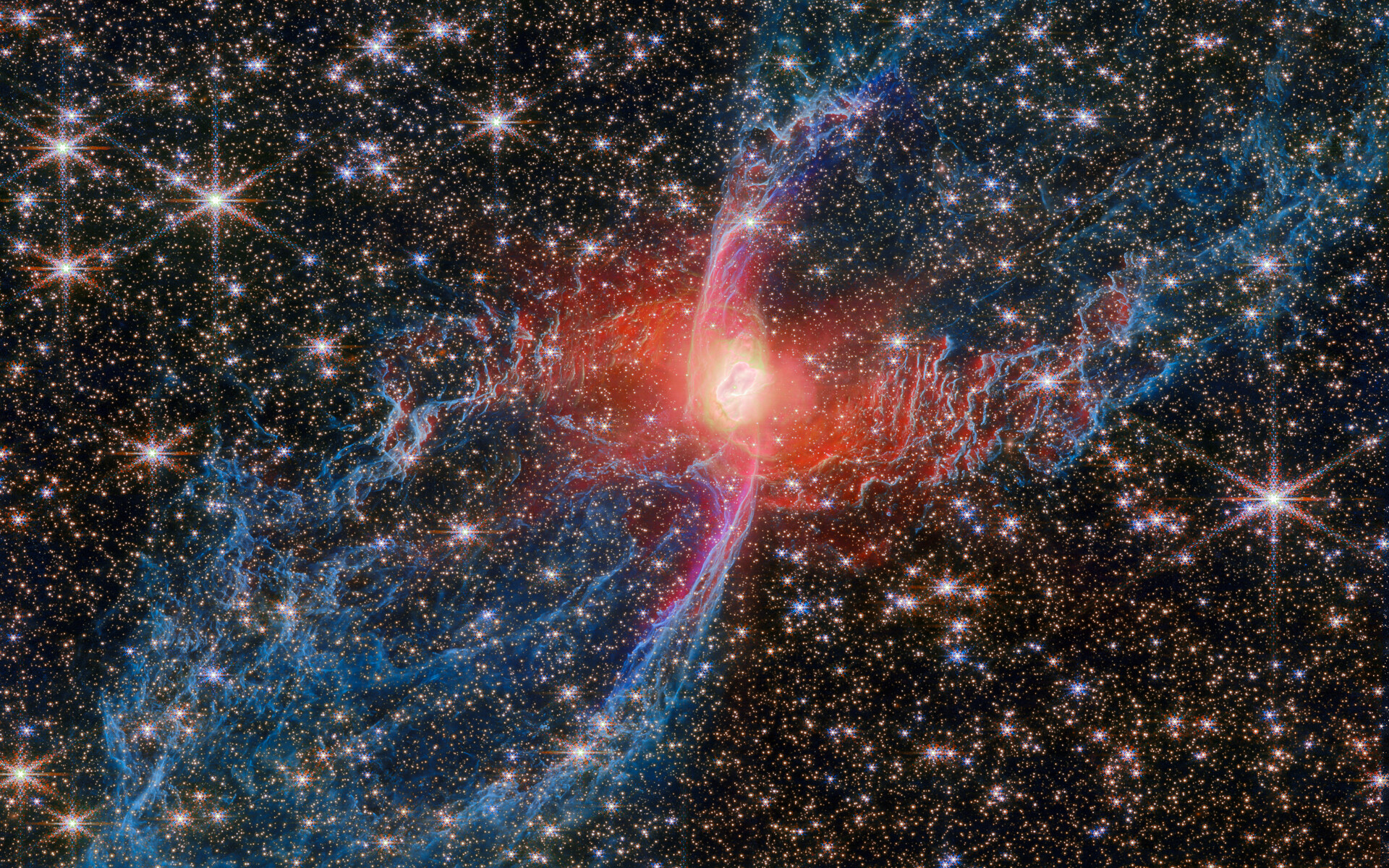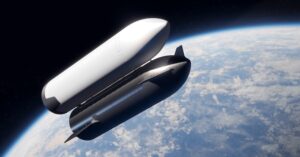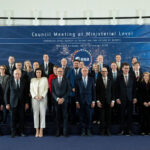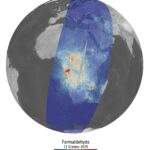Cross-correlation function significance plotted as a function of planet velocity amplitude and systemic radial velocity. The significance is the number of standard deviations above the mean for those parameters, peaking
Archive for October, 20258- Page
Europe’s ArianeGroup is set to fly a series of demonstrators in a bid to develop sovereign reusable launch capabilities. “Callisto, Themis and Skyhopper are different demonstration programs contributing to the
MOUNTAIN VIEW, Calif. — The U.S. Space Force is adopting a business model where the government owns satellites but relies on commercial operators to run them, a shift driven by
China has named the three astronauts set to fly to the Tiangong space station at a pre-launch press conference one day ahead of the Oct. 31 flight of the Shenzhou
A coronal mass ejection on another star has been witnessed in its entirety for the first time, revealing that when these violent outbursts take place on young stars, they pack
In this episode of Space Minds, host David Ariosto speaks with Doug Hendrix, co-founder and CEO of ExoAnalytic Solutions — a company born from three physicists’ passion for
MOUNTAIN VIEW, California — Momentus announced a partnership Oct. 30 with DPhi Space to fly the Swiss startup’s hosted-payload platform early next year. Momentus will host the DPhi Space Clustergate-2
China’s persistent use of maritime gray zone tactics poses a fundamental challenge to regional stability and the international order. These actions are designed to achieve strategic aims — territorial advancement
Out in the cosmic landscape, planetary nebulas would offer the perfect Halloween doors to knock on. They’re spooky tricksters in their names, as they have nothing to do with planets
Mike French (left) hosted a fireside chat with former NASA administrators Jim Bridenstine (center) and Charles Bolden (right) at the 2025 von Braun Space Exploration Symposium in Huntsville, Alabama. Image:
-
 012024 in Review: Highlights from NASA in Silicon Valley
012024 in Review: Highlights from NASA in Silicon Valley -
 02Panasonic Leica Summilux DG 15mm f/1.7 ASPH review
02Panasonic Leica Summilux DG 15mm f/1.7 ASPH review -
 03How New NASA, India Earth Satellite NISAR Will See Earth
03How New NASA, India Earth Satellite NISAR Will See Earth -
 04And Thus Begins A New Year For Life On Earth
04And Thus Begins A New Year For Life On Earth -
 05Astronomy Activation Ambassadors: A New Era
05Astronomy Activation Ambassadors: A New Era -
06SpaceX launch surge helps set new global launch record in 2024
-
 07Space Force plans new ‘Futures Command’ amid pressure to speed up modernization
07Space Force plans new ‘Futures Command’ amid pressure to speed up modernization


